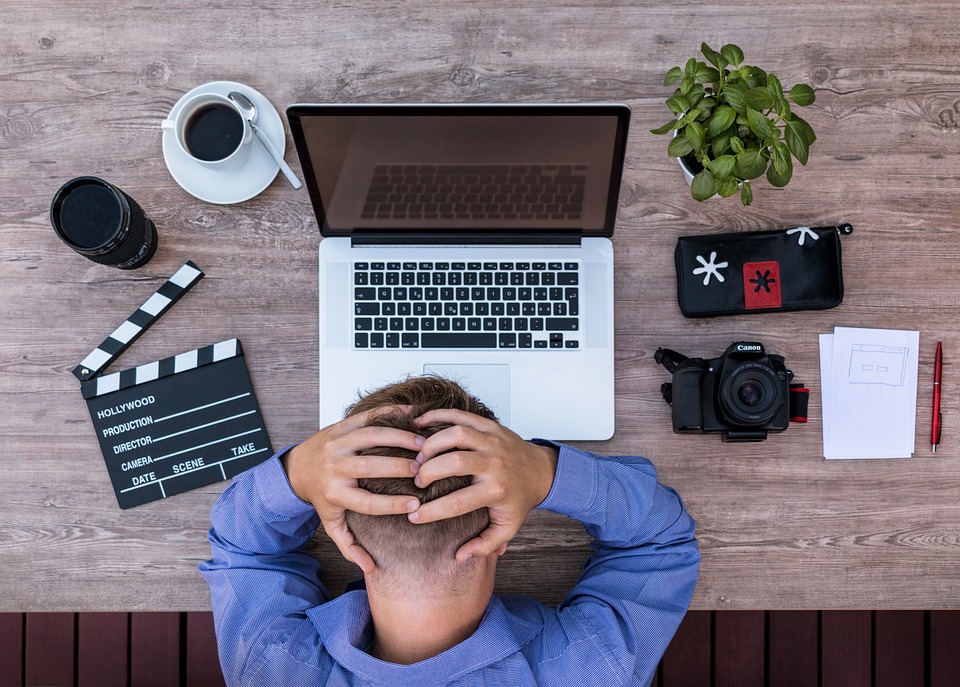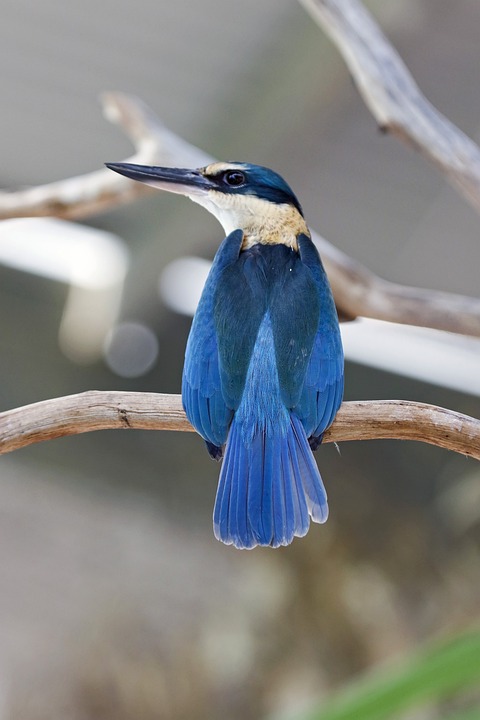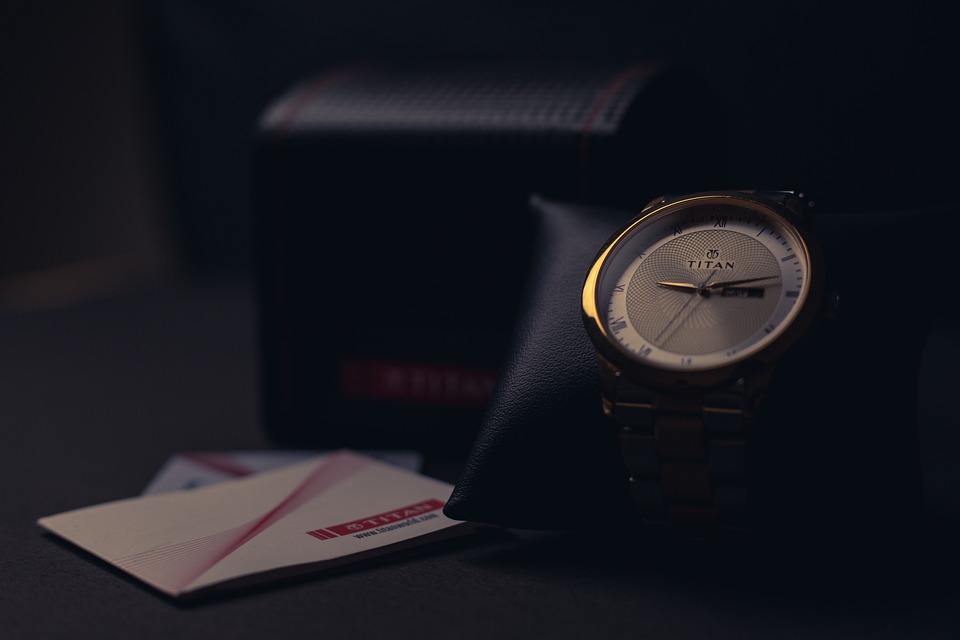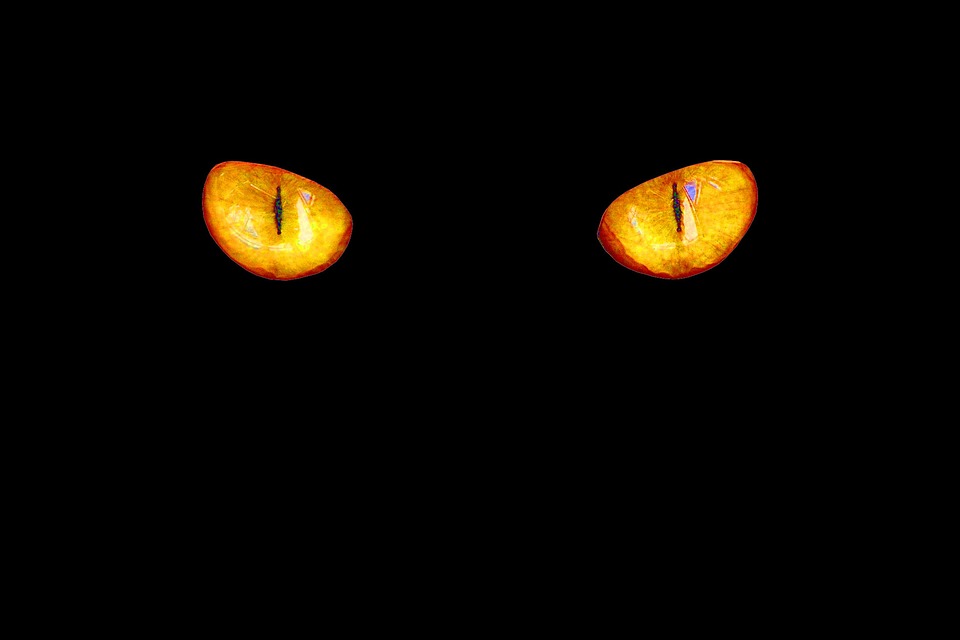Title: Creating Digital Art in a World Coded: A Tech Talk
Introduction:
In an era where technology is advancing rapidly, digital art has become a significant part of the creative industry. With the rise of software tools and computer programs, creating art in a digital world coded has become more accessible and engaging than ever before. This tech talk will delve into the various aspects of digital art, including the tools used, techniques involved, and how artists are pushing the boundaries of creativity with coded worlds.
Tools and Software:
Digital art is created using a variety of tools, software, and computer programs designed specifically for the task. Adobe Photoshop and Illustrator are two of the most popular programs in the industry, offering a wide range of creative possibilities. These software programs enable artists to create intricate and detailed artworks, whether it be digital paintings, illustrations, or designs.
In addition to Adobe’s software, there are other noteworthy artists on the digital scene, such as CorelDRAW, Procreate, and Krita. The ever-growing demand for digital art has led to the rise of more affordable alternatives to Adobe’s subscription model, and for artists looking for a more personalized space to create, software like Clip Studio Paint and Zbrush offer brilliant results.
Open-source tools have also become an increasingly popular option among digital artists, with GIMP and Inkscape being among the most preferred choices. These programs are free to use and offer a highly customizable environment for artists. Paired with a tablet or a mouse, these tools open up a whole new world of possibilities for creating digital art.
Techniques Involved:
The techniques used in creating digital art are varied and expansive, ranging from traditional methods like drawing and painting to more specialized techniques unique to the digital medium. Digital artists employ various strategies to create their artworks, and here are a few of the commonly used techniques:
1. Digital painting: Much like traditional painting, digital artists create their paintings directly on their digital platform. Layering is a critical aspect, allowing artists to create depth and textures in their paintings.
2. Digital drawing: Much like traditional drawing, digital artists can use a stylus and a tablet to create their illustrations. They can also utilize various brushes and effects to enhance their artwork.
3. Vector graphics: In contrast to bitmap images, vector graphics use mathematical formulas to scale graphics without losing quality. Vector graphics are ideal for creating logos, icons, and typography. They can be created using programs such as Adobe Illustrator, Inkscape, and CorelDRAW.
4. 3D modeling and design: 3D modeling software, such as Zbrush and Blender, allow artists to create intricate 3D models and render them in a photorealistic environment. 3D artists are responsible for creating artworks in industries such as video games, movies, and architecture.
5. Animated GIFs and Motion Graphics: Digital artists use software like Adobe After Effects to create animated GIFs and motion graphics, which can be used extensively for social media and digital advertising.
6. Mixed Media: Digital artists often blend traditional and digital techniques to create unique and innovative artworks. They can create digital versions of traditional artworks and even digitally restore aging and damaged works of art.
The Rise of Coding in Digital Art:
The world of digital art is increasingly embracing the art of coding as a medium, with artists exploring new ways to interact with their audience. Generative art is a digital art form that uses code to create artworks. Using algorithms, artists can create galleries of unique and endlessly varied pieces. Hyperdots is a captivating example of a generative art website employing JavaScript to create mesmerizing patterns.
Facial-recognition technology, 3D sculpting, and deep learning-based image manipulation techniques have also played a significant role in digital art’s evolution. These advancements allow artists to transform their art pieces in innovative ways, adding unprecedented interactivity and a whole new level of engagement.
FAQs:
Q1: What is the difference between digital art and traditional art?
A1: Digital art is created using digital tools and computer software, while traditional art is created using physical materials such as canvas, paints, brushes, and pencils. Digital art allows for more flexibility, with numerous subscription plans, brushes, and effects just click away.
Q2: Can anyone create digital art?
A2: Anyone with an interest in art and the necessary equipment can explore the world of digital art. With the rise of more accessible, affordable tools and software, it has never been easier to begin creating digital art. No prior coding knowledge is necessary to create digital art; it is all about creativity and skill.
Q3: Is it possible for my digital artwork to be stolen or copied?
A3: Yes, digital artworks can be easily copied or stolen, similar to traditional artwork. To safeguard your work, watermark your images and keep backup copies. Artists can register their work with copyright organizations and use digital platforms that provide copyright protection.
Q4: Can digital art be sold in galleries and museums?
A4: Yes, digital artwork is increasingly being featured in galleries, museums, and art fairs globally. Several digital art platforms like Artsy, Saatchi Art, and SuperRare allow artists to showcase, buy, and sell their work in a virtual environment.
Conclusion:
Creating digital art in a world coded offers endless possibilities and opportunities for artists across the globe. With a growing demand for digital art, it has never been a better time to dive into the world of digital artistry. From exploring an array of tools, techniques, and code-based mediums to showcasing your work to the world, becoming a part of the digital art community is both exciting and rewarding.
Creating digital art in a world coded offers endless possibilities and opportunities for artists across the globe. With a growing demand for digital art, it has never been a better time to dive into the world of digital artistry. From exploring an array of tools, techniques, and code-based mediums to showcasing your work to the world, becoming a part of the digital art community is both exciting and rewarding.



